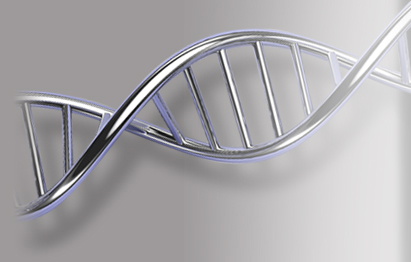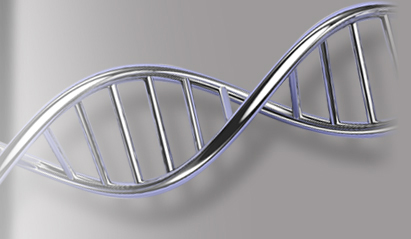Assembly
You are here
Sequencher has built its reputation on proprietary DNA sequence assembly algorithms that have set the standard in research labs across the world for over 25 years. No other program gives you such a comprehensive set of science-driven features that can fit almost any project and get results fast.
Sequencher has several different assembly algorithms as well as different assembly modes providing the flexibility to work with any of kind sequence data.
With three different assembly algorithms for Sanger data, you have complete control over the way your DNA data is assembled. The first algorithm is tuned for data the way it comes off the sequencing machine, the second algorithm lets you control how many consecutive mis-matches you will allow in your assembled data, and a third one that deals with large gaps (anything over 10 bases) with ease.
You can fine tune the assembly parameters to get the best possible match with your data. It’s easy to quickly adjust the match percentage, minimum overlap, and customize gap placement with all three assembly algorithms. And custom settings are automatically saved for the next project. If you want to share your settings with your colleagues or re-use them for different projects, you don't need to write them down, you can create project Templates to save time.
Once you have set up the parameters for your assembly (don't forget to Trim Ends to get rid of any low quality bases or Trim Vector to get rid of vector sequences), you are ready to go. Most of the time you will use Assembly Automatically, select the sequences, click the button, and Sequencher does the rest. For harder to assemble sequences, or where you want absolute control, Assemble Interactively will give you detailed information over every aspect of potential candidate assemblies. If you are comparing sequences to a reference sequence, Assemble to Reference is a ligntening-fast algorithm that leverages the power of Sequencher’s Reference Sequence feature.
Gene Codes recognizes that labs function in different ways, some labs focus on a single gene, chromosome, or organism. Other labs may be working on several projects at the same time or several samples of related organisms with a view to comparing the results. The Assemble by Name assembly mode enables researchers unprecedented control and throughput when assembling large amounts of sample data from different sources simultaneously.


